
Commission or Bonus: Which One Can Help You Sell More?
Explore las diferencias clave entre comisiones y bonificaciones para determinar qué estrategia de compensación puede impulsar mejor el éxito de ventas y motivar a su equipo.

Construir un equipo de ventas ganador con software de formación en ventas
Descubra cómo el software de formación en ventas puede ayudar a su equipo de ventas a alcanzar el máximo rendimiento.

Crear una cultura de responsabilidad: El papel de la gestión del rendimiento comercial
Descubra cómo la gestión del rendimiento de las ventas fomenta la responsabilidad e impulsa el éxito en las consultas sanitarias que buscan soluciones de gestión eficaces.

El mejor software de informes de comisiones de ventas a seguir en 2024
Descubra por qué el software de informes de comisiones de ventas es esencial para su empresa. Compara las mejores herramientas de 2024 y descubre cuál se adapta mejor a tus necesidades.

Las 10 mejores herramientas de canalización de ventas para aumentar la eficacia de su equipo
Descubra las 10 mejores herramientas de canalización de ventas que pueden ayudarle a agilizar su proceso de ventas, mejorar la eficiencia y cerrar más acuerdos. Encuentre hoy mismo la herramienta perfecta para su equipo.

Representantes de ventas a comisión: principales ventajas y consejos de gestión
Aumente el rendimiento de su equipo de ventas con representantes de ventas basados en comisiones. Descubra estrategias eficaces, ventajas y consejos para gestionar y motivar a su equipo de ventas basado en comisiones para lograr resultados excepcionales.

Acuerdo de comisión de ventas: Cómo crear uno, mejores prácticas y plantilla
Un acuerdo de comisión de ventas es un documento formal esencial para los empleados que trabajan como agentes o representantes de ventas.

7 ejemplos de incentivos para motivar a los empleados
Descubra cómo las mejores empresas mejoran la motivación y el rendimiento de sus empleados y conozca las razones del éxito de los programas de incentivos.

Planificación territorial: 6 pasos para elaborar un plan territorial de ventas con las mejores prácticas
La planificación territorial consiste en dividir la base de clientes potenciales en distintos segmentos geográficos o de mercado para la fuerza de ventas.

Top 3 Account Manager Compensation Plans: Strategies to Drive Retention & Revenue Growth
El plan de retribución de los gestores de cuentas describe cómo sus esfuerzos se traducen en recompensas económicas y les motiva para alcanzar objetivos concretos.

11 ideas únicas de incentivos para aumentar las ventas [Edición 2024]
Los incentivos para aumentar las ventas son recompensas que se ofrecen a los vendedores en reconocimiento de sus logros.

4 razones para automatizar la calculadora de ventas por comisiones
La calculadora de comisiones de ventas es una herramienta que ayuda a calcular la cantidad de dinero que gana un vendedor en función de sus resultados de ventas.

Los 10 mejores software de gestión de comisiones que valen la pena invertir en 2024
El software de gestión de comisiones es una herramienta que automatiza el proceso de cálculo, seguimiento y pago de comisiones a los empleados.

Guía de seis pasos para elegir el software de informes de comisiones adecuado
El software de informes de comisiones de ventas es una herramienta que permite gestionar y realizar un seguimiento eficaz de las comisiones de ventas.

Guía definitiva para entender los concursos de ventas
Los juegos de concursos de ventas son un enfoque estratégico para motivar e incentivar a los equipos de ventas con el fin de impulsar los comportamientos de venta deseados y, en última instancia, alcanzar objetivos empresariales específicos.
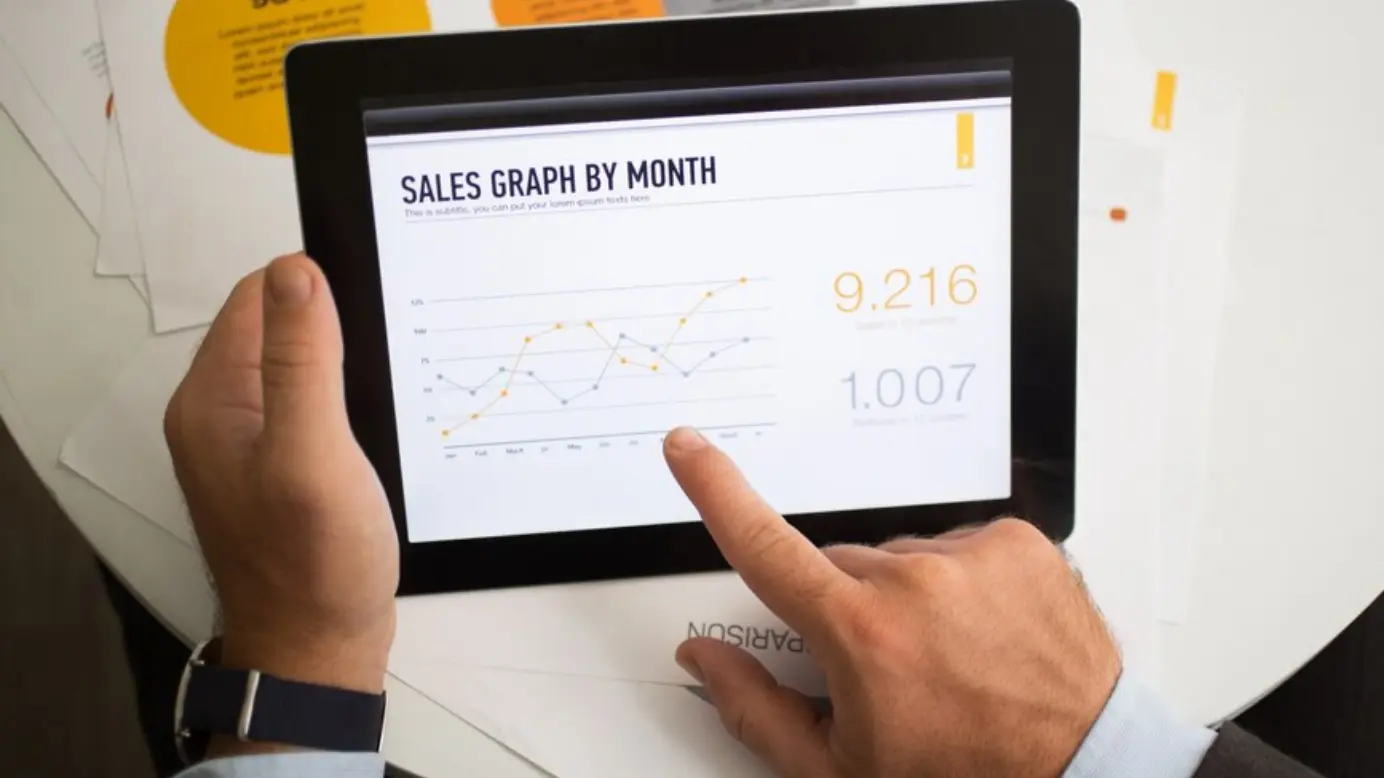
Cree un Cuadro de Mando del Vendedor en 6 Pasos Basado en las Mejores Prácticas de las Empresas Líderes del Sector
Un cuadro de mando del vendedor es un documento formal que realiza un seguimiento del rendimiento de un vendedor en función de métricas clave que incluyen tanto los niveles de actividad como los resultados de ventas.

7 estrategias de comisiones para representantes de ventas en las que influyen las empresas de Fortune 500
La comisión de representante de ventas es un incentivo basado en el rendimiento que motiva a un representante de ventas a realizar un esfuerzo adicional y superar los objetivos de ventas.

Comprender la gestión de socios de canal con ejemplos y estrategias
La gestión de socios de canal es crucial para que las empresas impulsen el crecimiento de los ingresos, aumenten la satisfacción de los clientes y establezcan relaciones sólidas con los socios.

Importancia de la automatización de incentivos de ventas para nuevas empresas y pymes
La automatización de los incentivos de ventas cambia las reglas del juego de las organizaciones que sufren procesos manuales. Conozca el significado y la importancia de la automatización de los incentivos de ventas.

Software de previsión de ventas: 5 pasos para elegir la herramienta adecuada para su empresa
El software de previsión de ventas permite a las empresas anticiparse a la demanda futura, identificar posibles carencias y ajustar las estrategias en consecuencia para lograr un crecimiento global.
Guía para entender el Clawback: De las nuevas políticas a las mejores prácticas
El Clawback es una política regulada por ley que mantiene el comportamiento corporativo y recupera la compensación si un empleado incurre en mala conducta o si hay una corrección significativa de los registros financieros.

Por qué sus concursos de ventas no funcionan y cómo hacerlos atractivos con incentivos gamificados
Descubra por qué sus concursos de ventas actuales pueden quedarse cortos y explore cómo los concursos de ventas gamificados ayudan a elevar el compromiso, el rendimiento y los resultados del equipo de ventas.
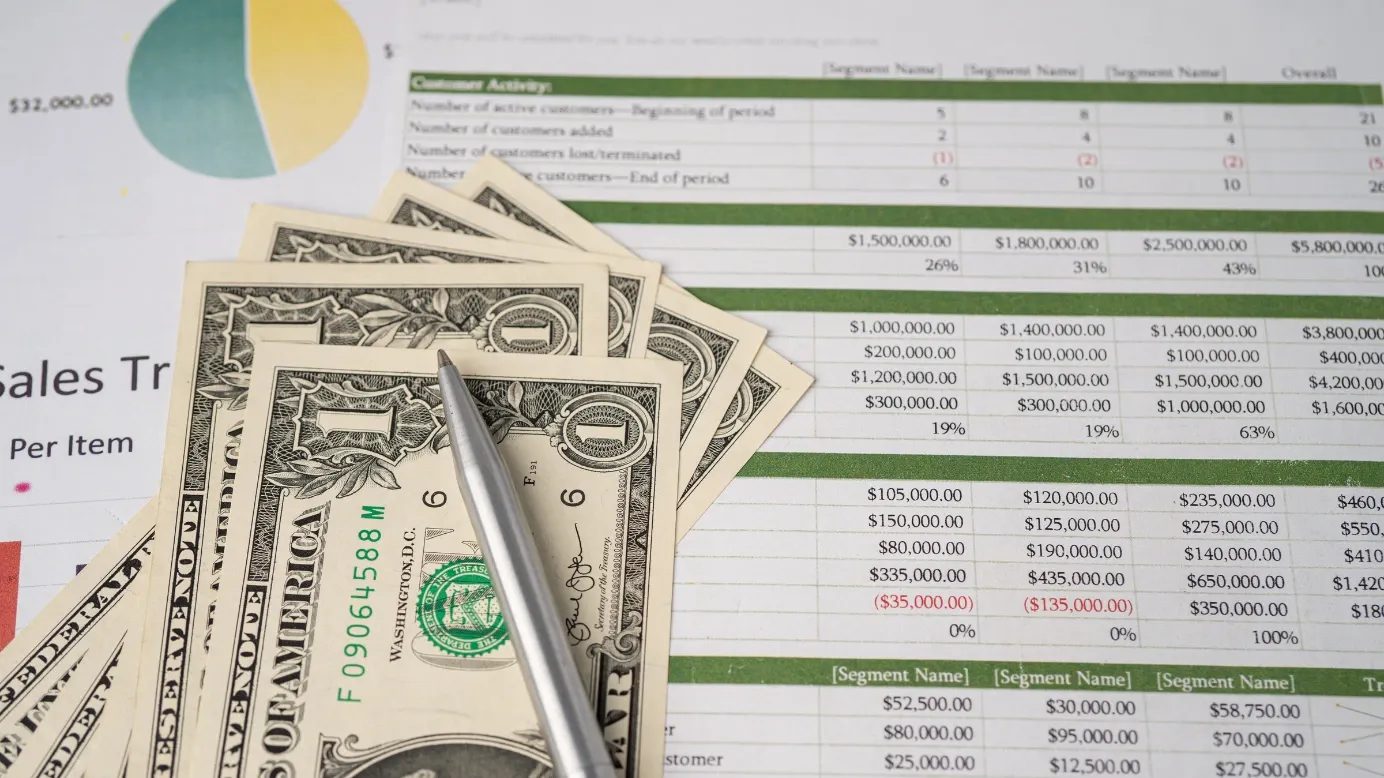
Cálculo de Incentivos en Hojas Excel: 11 Problemas Comunes y Cómo Solucionarlos
Solución de problemas de cálculo de incentivos en hojas Excel. Aprenda a resolver 11 problemas habituales y a agilizar sus cálculos para que las operaciones sean más fluidas.

7 estrategias eficaces de captación de socios de canal en el sector de los bienes de consumo de alta rotación
7 estrategias de implicación de los socios de canal en el sector de los bienes de consumo. Conozca las mejores prácticas para aumentar las ventas, mejorar la comunicación e impulsar el éxito en el sector de los bienes de consumo.

Una mirada al mañana: 5 tendencias en compensación de ventas a tener en cuenta en 2024
Descubra las tendencias más impactantes en compensación de ventas a tener en cuenta en 2024 y obtenga información sobre cómo pueden dar forma a su estrategia. Desde innovadoras estructuras de incentivos hasta soluciones basadas en la tecnología, estas tendencias le ayudarán a adaptarse al cambiante panorama de la compensación de ventas.

El precio de un plan de incentivos de ventas mal diseñado o deficiente es más alto de lo que cree
Un plan de incentivos de ventas mal diseñado puede ser perjudicial para el rendimiento de una empresa. Cuando un plan de incentivos de ventas es malo, puede desmotivar al equipo de ventas, obstaculizar la consecución de objetivos y, en última instancia, provocar una reducción de los ingresos.
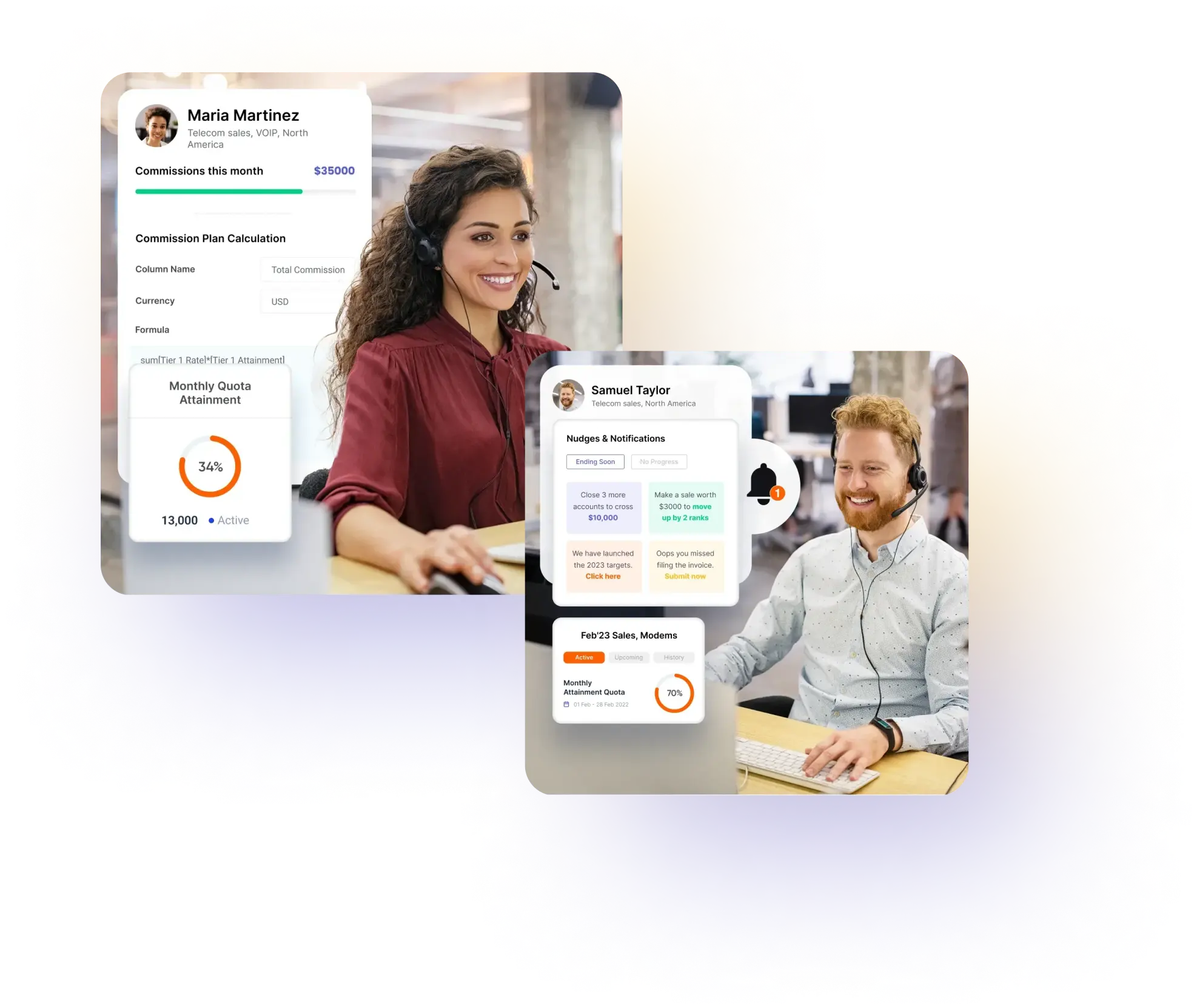
Aumentar el potencial de los equipos de teleasistencia y televenta mediante la gamificación
Un Libro Blanco sobre cómo la gamificación ayudó a una empresa a mejorar en un 12% los indicadores clave de productividad (KPI) con un incremento del 2,5% de los costes.

Cómo gestionar las ventas a través de canales: Cómo establecer una estrategia perfecta de ventas a través de canales
¿Está pensando en cómo realizar la gestión de ventas por canal? Aquí tiene nuestra guía definitiva sobre la gestión de ventas por canal y cómo puede ayudarle a mejorar las ventas.

Guía para saber cómo crear y ampliar su proceso de ventas
El proceso de ventas ofrece una serie de pasos para convertir clientes potenciales en clientes. Este blog explica cómo crear un proceso de ventas y sus distintas fases.

Programas de incentivos y comisiones de ventas ofrecidos por Compass
Diseñar un programa de formación en ventas de éxito es un proceso complejo, pero puede reportar grandes beneficios a su equipo. Compass puede ayudarle, con el poder de la gamificación.

Cómo aumentar las ventas del canal: Los 5 mejores consejos para empezar
Aprenda a aumentar las ventas de canal con estos cinco consejos eficaces. Desde la identificación de posibles nuevos socios de canal hasta la creación de campañas de marketing que generen resultados, podrás aumentar las ventas de canal y hacer crecer tu negocio.

La gamificación puede hacer que su equipo haga más
Comprenda cómo las potentes funciones de Compass ayudan a gamificar el rendimiento.

La gamificación mejora la UX para todos
Interesantes formas en que la gamificación transforma la experiencia del usuario y cómo lo hace, en particular, Compass .

Mejorar el rendimiento de las ventas con incentivos conductuales
La economía conductual ha demostrado que los nudges pueden utilizarse para ayudar a las personas a actuar en su propio interés. Y el poder de un nudge es inmenso cuando las organizaciones lo utilizan para su fuerza de ventas.
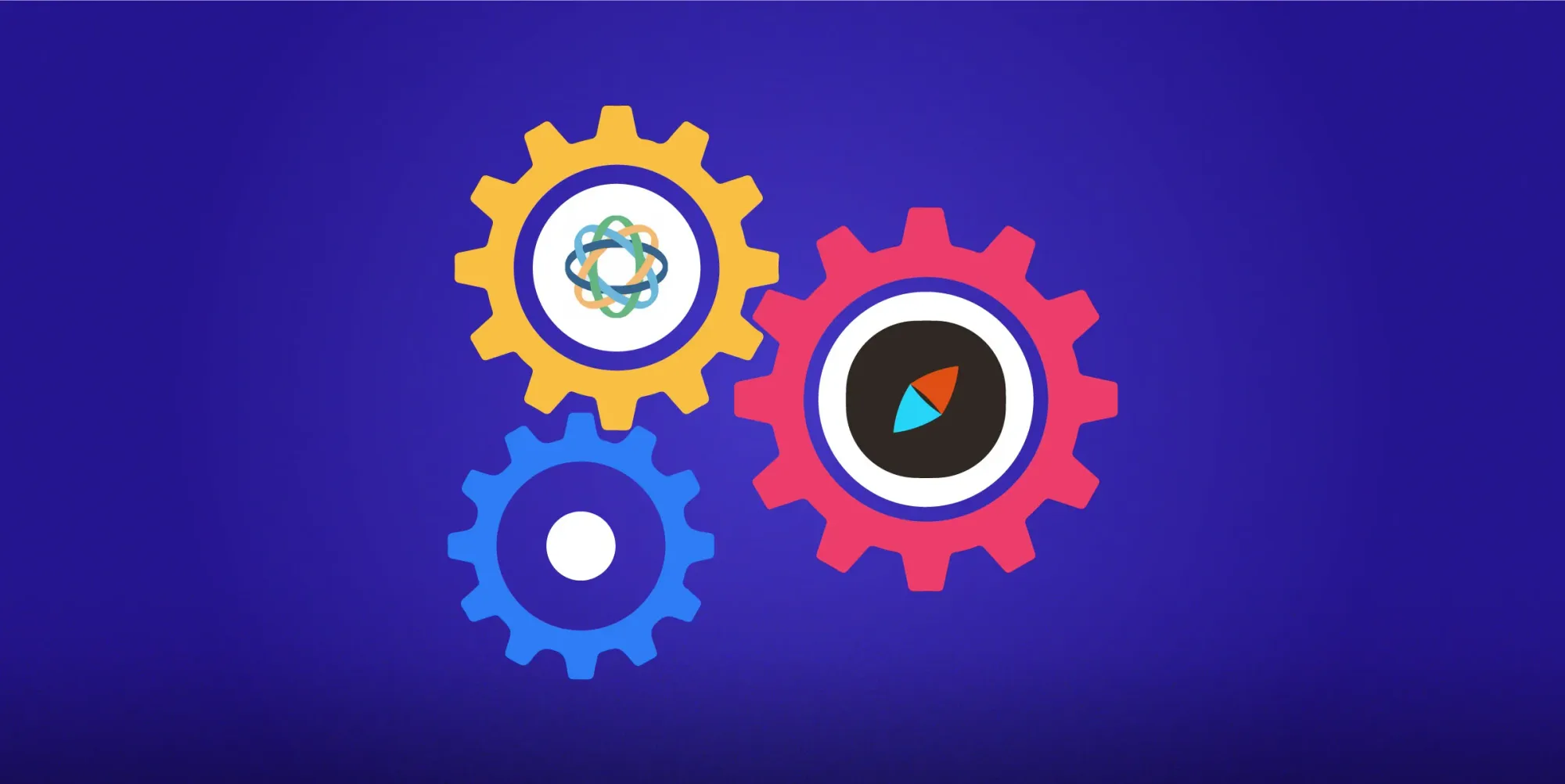
Integración con Close para automatizar y gamificar los incentivos de ventas
Compass obtiene datos en tiempo real de Close, uno de los principales CRM de ventas internas. Esta integración ayuda a los responsables de ventas a crear directamente programas de incentivos y a disponer de una única fuente de información para todos los datos sobre los logros de ventas.

Preguntas y respuestas con directores de sucursal del sector de seguros
Tuvimos una sesión de preguntas y respuestas con 118 directores regionales y de sucursal de 14 compañías de seguros diferentes y esto es todo lo que sacamos de esta valiosa conversación.

Análisis coste-beneficio de la adopción de software de gamificación
Hacer la elección correcta para su software de gamificación es fácil con esta hoja de trucos sobre costes y beneficios, al adoptar un software de gamificación.

La mejor estrategia de captación de socios de canal: Aprenda a involucrar a sus socios de canal
La estrategia de captación de socios de canal es imprescindible para las empresas. En este blog se analiza la estrategia de participación de los socios de canal y se ofrecen consejos para crear una estrategia eficaz que ofrezca resultados extraordinarios.

¿Cómo se puede mejorar el rendimiento de los trabajadores de cola con la gamificación?
Eche un vistazo a esta guía rápida sobre cómo motivar a los empleados de bajo rendimiento en el equipo de ventas y dinamizarlos con la gamificación.

Gamifique las hojas de objetivos para acelerar las ventas
Las hojas de objetivos son prepotentes. Gamificarlas es la forma de acelerar las ventas.

10 tipos de programas de incentivos
He aquí una guía rápida sobre los distintos tipos de programas de incentivos para sus equipos de ventas.

Un estudio de caso del sector de seguros - Compass para el personal de gestión de agentes
Un interesante estudio de caso sobre la implantación de Compass y las métricas de resultados para uno de los principales proveedores de seguros de la India.

Un estudio de caso del sector de seguros - Compass para el personal de contratación de agentes
Un interesante estudio de caso sobre la implantación de Compass y las métricas de resultados para uno de los principales proveedores de seguros de la India.

Herramientas para la participación de los socios del canal
Sus socios de canal son uno de sus mayores generadores de ingresos. Conozca las herramientas que pueden ayudarle a captarlos mejor.

6 métricas clave del rendimiento de ventas y cómo utilizarlas
Para ayudarle a decidir en qué KPI de ventas debe centrarse, hemos elaborado una guía de las métricas de rendimiento de ventas que realmente importan.

7 formas en que la gamificación le ayuda a ahorrar
Todo sobre cómo la gamificación conduce a la eficiencia empresarial y, además, al ahorro de costes.

El poder de la gamificación de ventas Cuadros de mando y tablas de clasificación: Cómo gamificar con analítica para mantener a tu equipo de ventas comprometido y centrado
Los cuadros de mando de gamificación de ventas le permiten medir y aumentar el rendimiento frente a otros en la organización e incentivar a su equipo para que supere sus objetivos de ventas encendiendo el espíritu de competición.

10 funciones que debe buscar en el mejor software de gestión del rendimiento de ventas
En el mundo de las ventas 3.0 en el que vivimos hoy en día, el uso de datos y la automatización es sencillamente innegociable. Aquí es donde entra en juego la gestión del rendimiento de las ventas.

Guía completa para la gestión del rendimiento de las ventas
¿Qué impulsa a su equipo de ventas a darlo todo? Aquí tiene una guía completa de herramientas de gestión del rendimiento de ventas, software y todo lo demás.

Gamificación en el sector de los seguros: mejora de las ventas y la eficacia
¿Por qué la gamificación en el sector de los seguros es el arma definitiva? He aquí algunas ideas de gamificación de ventas para el sector de los seguros.
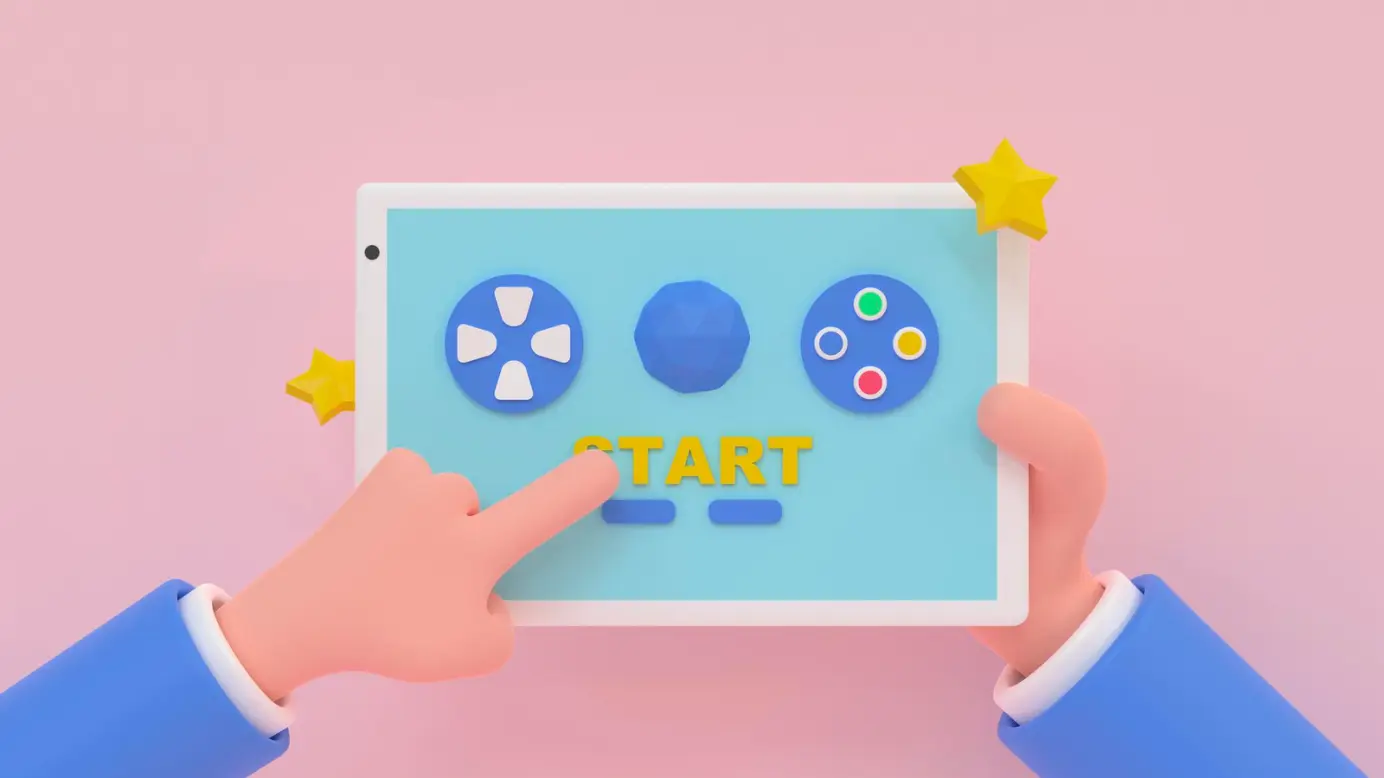
Plantillas de juegos de Compass
Descubra las distintas plantillas de juego que ofrece Compass para ayudar a sus equipos de ventas a vivir los objetivos de ventas como un juego.

Ganancias por objetivos: El núcleo de la compensación por ventas
El OTE, o "on-target earnings", es un porcentaje específico de comisión para los empleados y se sabe que mejora el compromiso y la motivación de los empleados.









